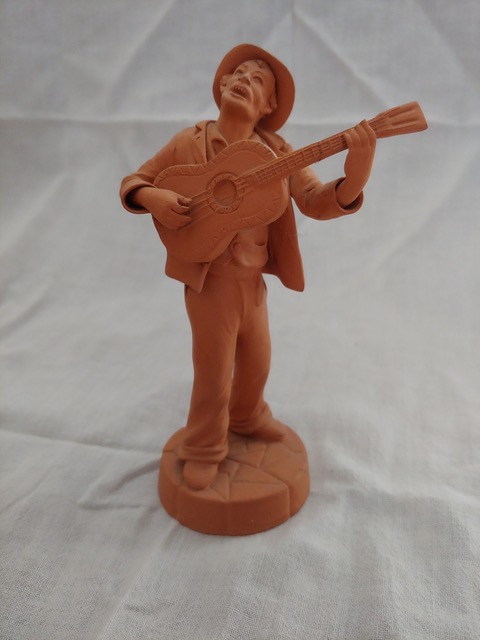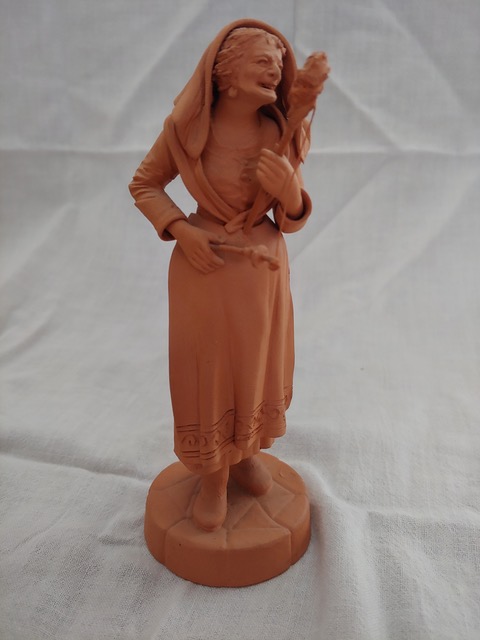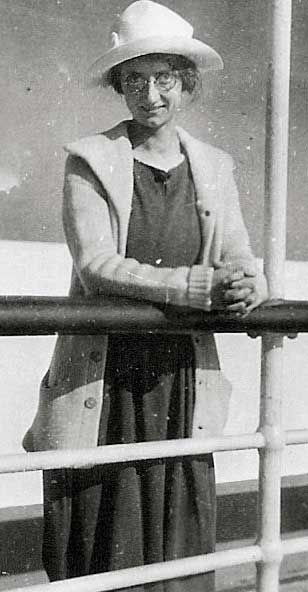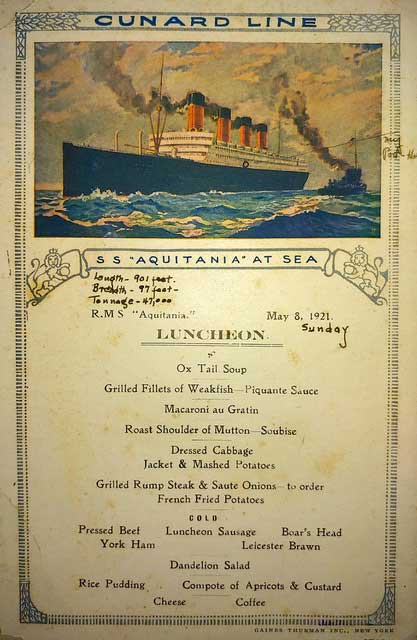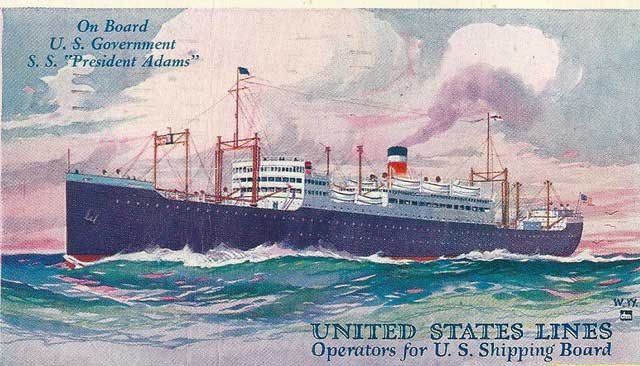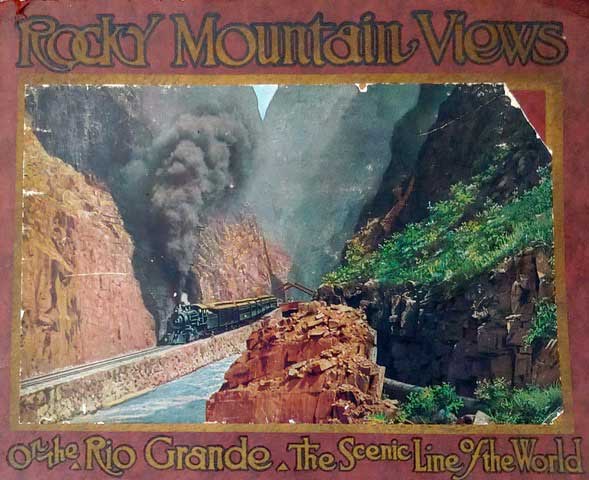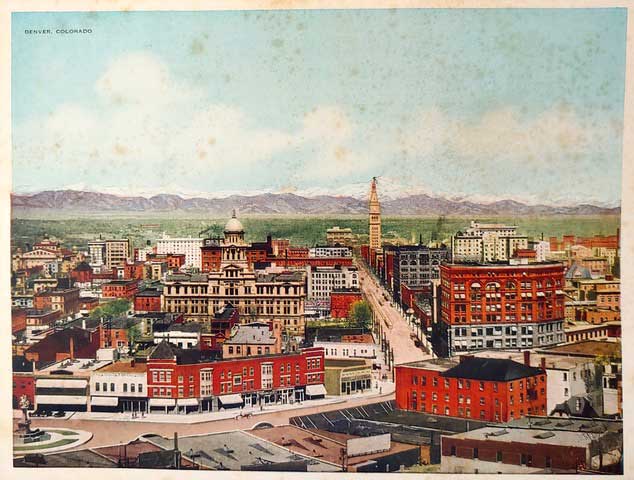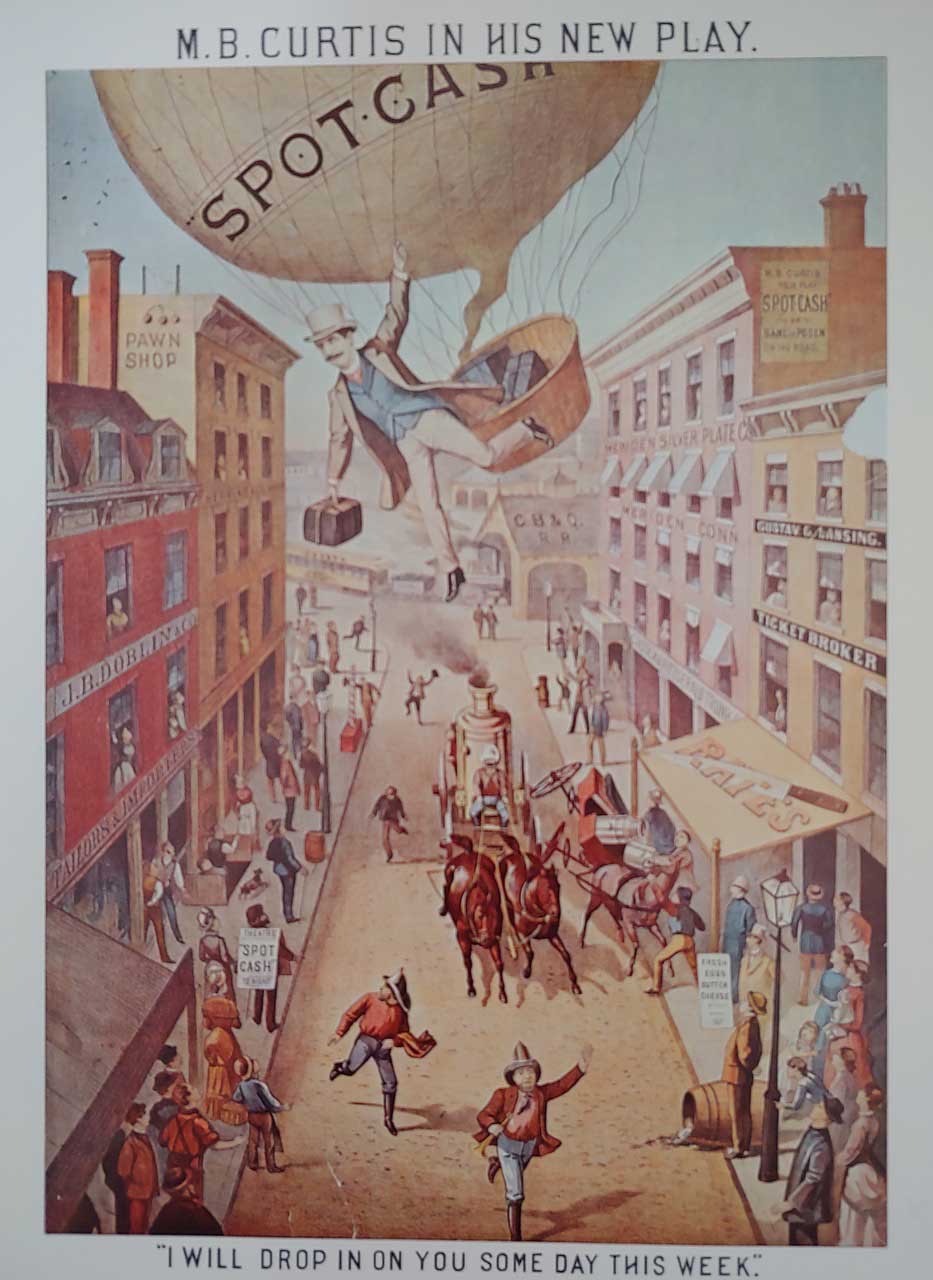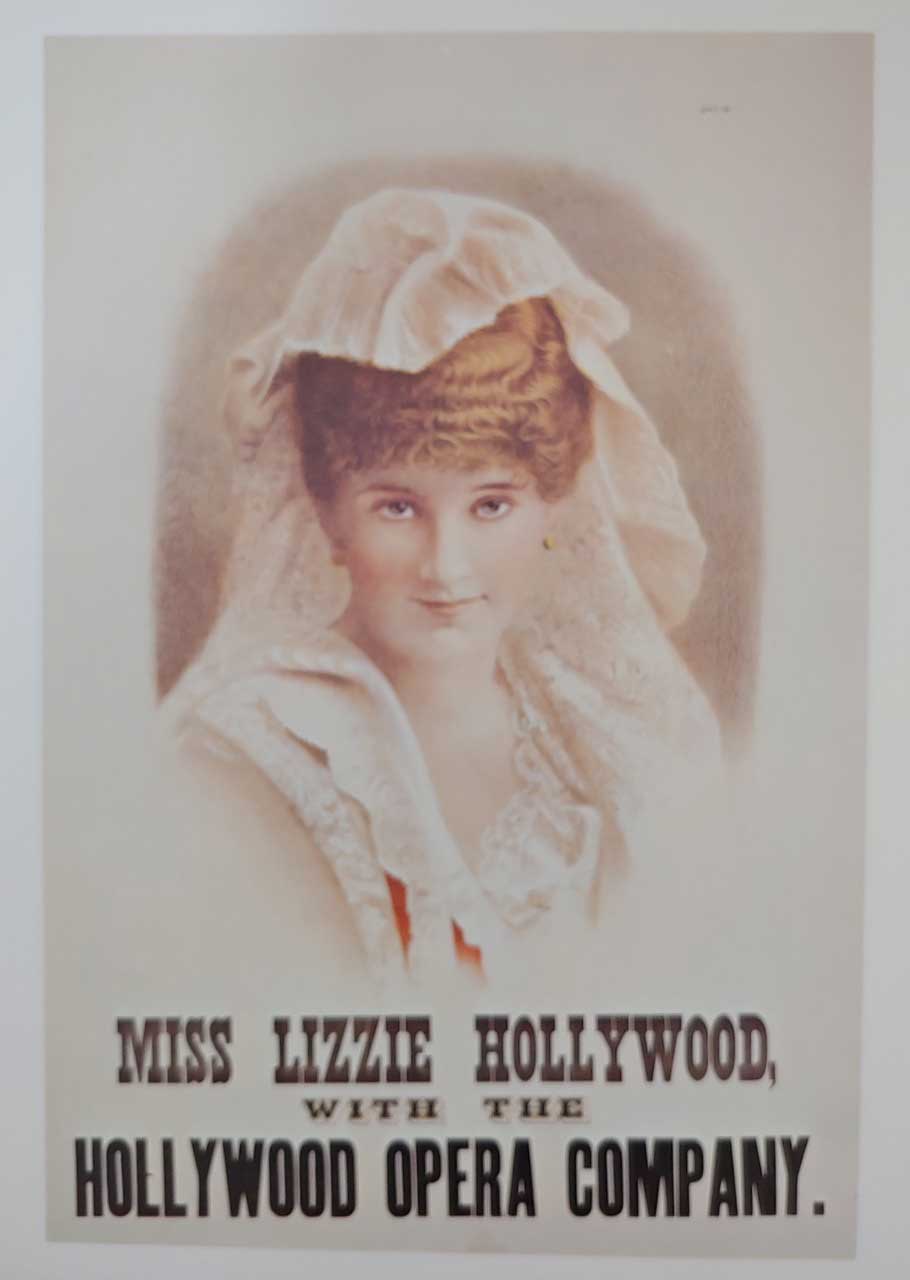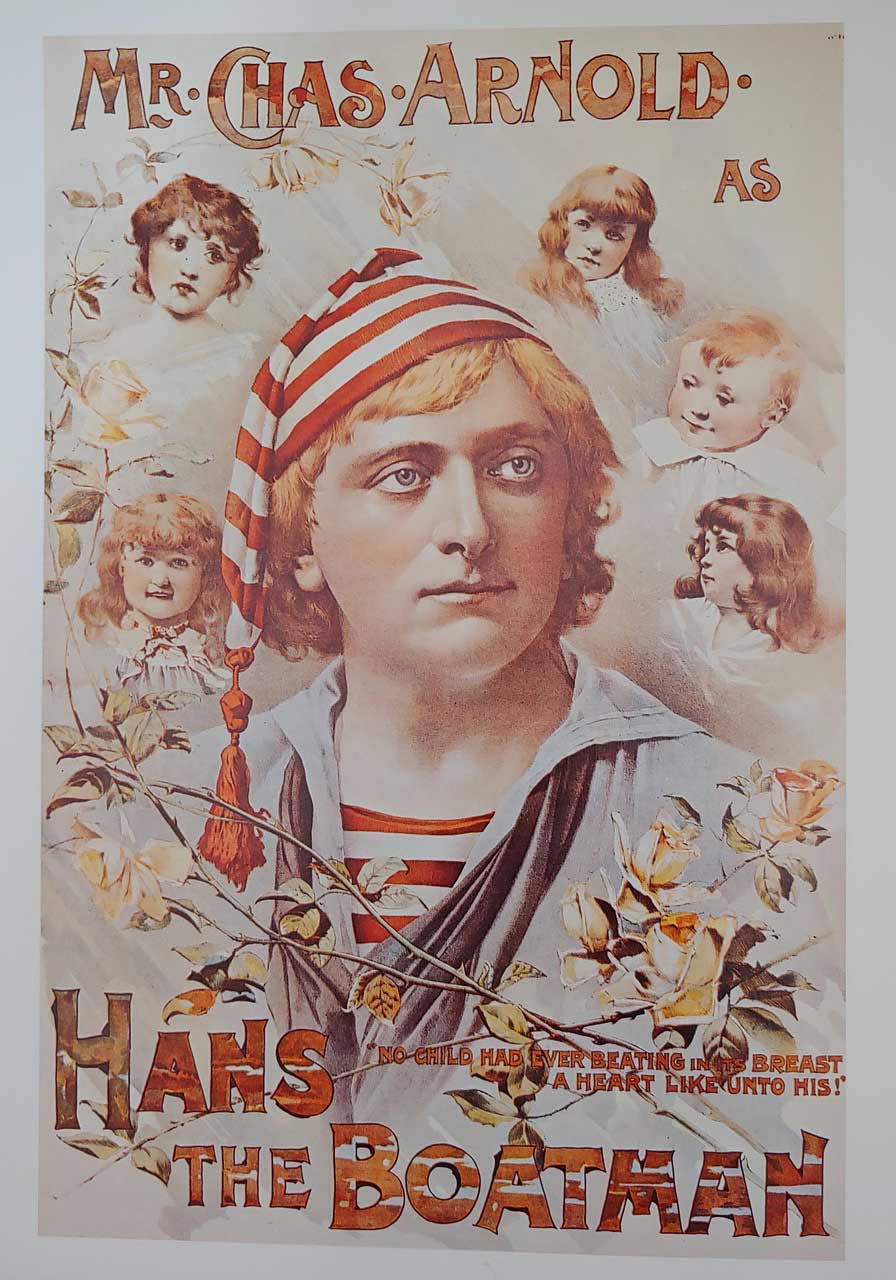Baby shoes from the 1880’s recall some sad family history
November 2022
Vintage Discoveries
Baby shoes from the 1880’s recall some sad family history
by Ken Weyand
My dad often referred to his seven siblings when recalling how the family split up when their parents died, and they were “farmed out” in 1900 to various aunts and uncles. But he seldom mentioned the ninth member of the family, William Albert Weyand, who was only two years old when he died in 1884.
Historic Baby Shoes
Years later, when I discovered two pairs of baby shoes that had been saved with old photos and other family memorabilia, he told me they had belonged to his mother. When my parents died, the shoes remained with me, tiny reminders of my family, and their early struggles. Recently rediscovered, they had spent years hidden away as our family went about our lives.
Although my dad traced the shoes to his mother, I have a strong hunch they belonged to her late son, and she saved them to honor his memory. In the mid-1800s, when many babies died in infancy, E.D.E.N. Southworth, a novelist, wrote a short essay in Godey’s Lady’s Book on the subject, according to an article by Jeanne Gutierrez for the New York Historical Society. “There is no part of a baby’s wardrobe so suggestive and beautiful as the little shoes,” he wrote. Southworth’s essay made several references to grieving mothers who kept baby shoes in the 1800s.
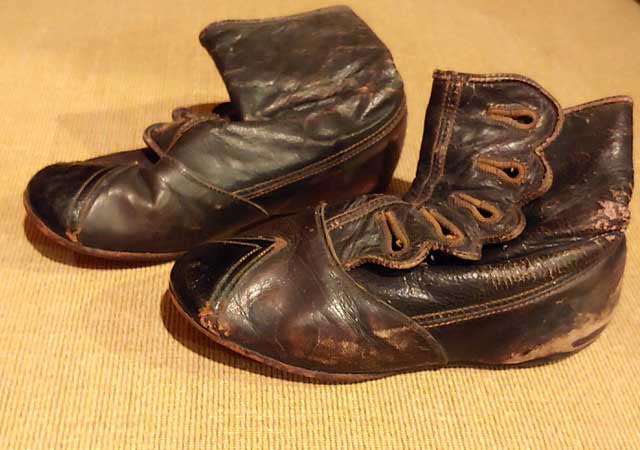
Five Button shoes
At the time of his death, my uncle may have worn these shoes, with five buttons.
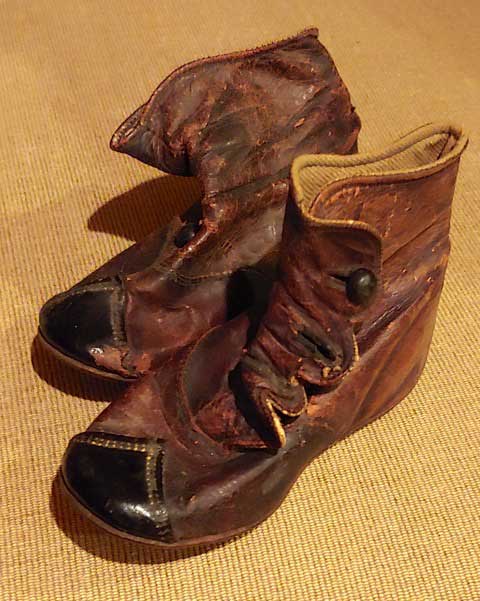
Baby shoes were miniatures of adult shoes
A far cry from today’s booties, these shoes were meant for infants but were made to look like miniatures of adult shoes.
Buttons non Laces
My shoes were fastened by buttons, not laces. They vary in size, indicating one pair could have been worn by an infant, with four buttons. The other pair, about an inch long, was also higher and had six buttons. At least one button was missing on both pairs. Both had polished leather toes and hard leather soles. Unlike baby shoes of later eras, the shoes seemed to be designed not for comfort, but to be a miniature version of adult footwear.
Manufacturers Marks
There are few markings on the shoes to reveal the manufacturer. However, on both shoes, a small image etched into the sole, shows a tiny flower with petals. As the family often received gifts from my great-grandfather in Philadelphia, I’m guessing the manufacturer could have been Philly-based S. S. Sollers, a leading maker of children’s shoes in the 1800s. Advertising from another maker, John Mundell, & Co, announced they specialized in “solar-tipped shoes,” which could explain the polished leather on my two pairs. However, I could find no logos from either company that featured a flower petal. More research is needed.
Ken Weyand is the original owner/publisher of Discover Vintage America, founded in July 1973 under the name of Discover North.
Ken Weyand can be contacted at kweyand1@kc.rr.com Ken is self-publishing a series of non-fiction E-books. Go to www.smashwords.com and enter Ken Weyand in the search box.


